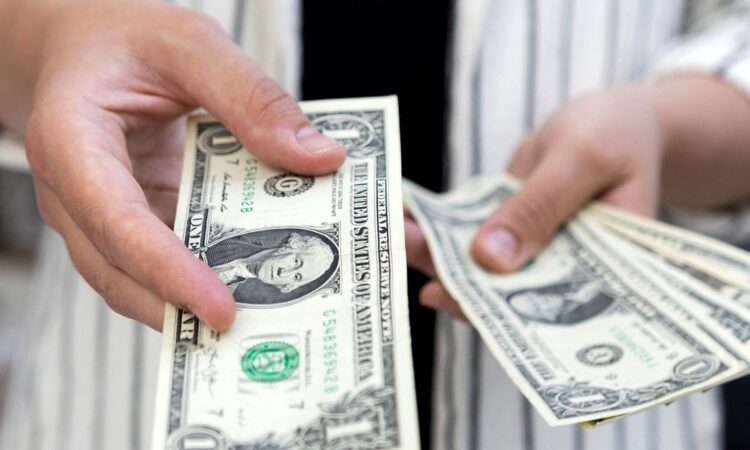
SINGAPORE, Jan 20 (Reuters) – The U.S. dollar loitered around its seven-month lows on Friday as fears of an economic slowdown dented risk appetite, while the yen eased even as speculation swirls that the Bank of Japan (BOJ) will eventually move away from its ultra-easy policy.
The dollar index , which measures the U.S. currency against six peers, rose 0.098% to 102.12, not far off the seven-month low of 101.51 it touched on Wednesday.
The index is down 1.3% this year after sinking 7.7% in the last three months of 2022 as investors bet that the Federal Reserve will slow the pace of its interest rate rises.
The Japanese yen weakened 0.64% versus the dollar to 129.26, with the Asian currency, long favoured as a safe-haven and funding currency, in the midst of a volatile few weeks. Expectations that the BOJ will soon end its yield control policy has driven a 14% rally in the yen in the past three months.
Data on Friday showed Japan’s core consumer prices in December rose 4.0% from a year earlier, double the central bank’s 2% target, with the latest figure unlikely to quell market expectations of a change in policy by the central bank.
“We now expect the BOJ to exit from yield curve control and negative interest rate policy by the end of June, conditional on a solid pick-up in Japan’s wage growth,” said Carol Kong, currency strategist at Commonwealth Bank of Australia.
The BOJ on Wednesday defied the market expectations and maintained its ultra-loose monetary policy.
With little economic data scheduled on Friday, Kong said currency market moves would hinge on overall risk sentiment, with major currencies likely to trade in narrow ranges.
A flurry of U.S. data on Thursday indicated the world’s biggest economy was slowing down after multiple hefty interest rate increases by the Federal Reserve and traders hope for a pause in tightening this year.
However, the number of Americans filing new claims for unemployment benefits unexpectedly fell last week, pointing to another month of solid job growth and continued labour market tightness.
Christopher Wong, a currency strategist at OCBC in Singapore, said the slowdown in activity momentum somewhat reinforced growth concerns led by developed markets, including the United States.
“But growth may not turn out to be as bad as feared especially with China reopening … you may get this goldilocks scenario where inflationary pressures (are) falling, rate hikes slowing while growth not necessarily tanking.”
The investor focus will now switch to the Fed meeting at the beginning of next month. The central bank raised interest rates by 50 basis points in December after four straight 75 basis point increases and the market is eagerly anticipating another stepdown.
ING economists said the intense scrutiny of U.S. growth means that the dollar remains vulnerable to data releases as markets keep scaling back Fed rate expectations.
“The fact that the ongoing dovish repricing is not only a consequence of slowing inflation but also of a worsening economic outlook in the United States has exacerbated the negative implications for the dollar,” according to ING economists.
Meanwhile, the euro was flat, while sterling was last trading at $1.2372, down 0.14% on the day. The Australian dollar rose 0.17% versus the U.S. currency to $0.692. The kiwi rose 0.25% to $0.641.
Reporting by Ankur Banerjee in Singapore; Editing by Jacqueline Wong
Our Standards: The Thomson Reuters Trust Principles.




